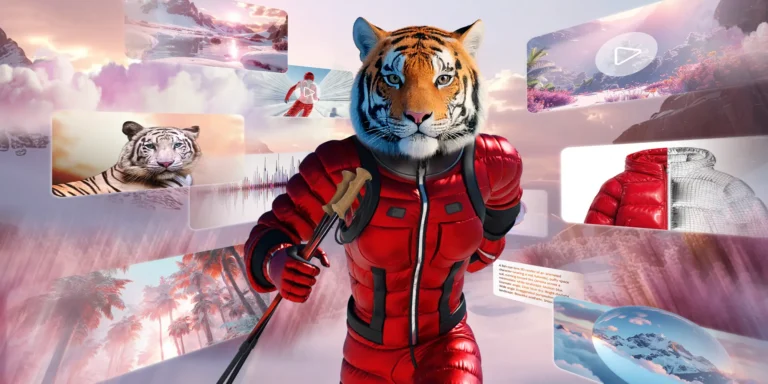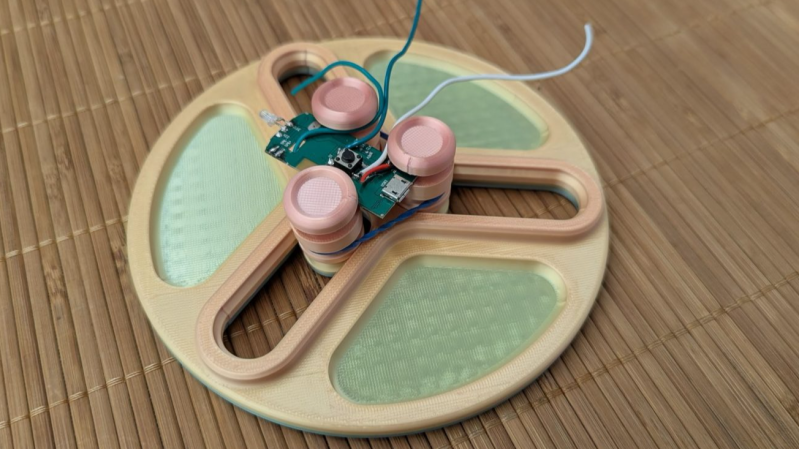Are you still doing everything manually when it comes to your website forms? Imagine the time you could save by automating routine tasks!
Connecting Elementor Forms to automation tools like n8n can transform your workflow. Picture this: every time someone fills out your form, their info gets sent directly to your favorite apps. No more copy-pasting or losing leads in your inbox!
This approach not only boosts your efficiency but also allows you to focus on what really matters—growing your business. Ready to streamline your processes? What automation tools have you tried, and how have they changed your routine? Let’s share our experiences!
#Automation #Elementor #WebDesign #NoCode #Efficiency
Connecting Elementor Forms to automation tools like n8n can transform your workflow. Picture this: every time someone fills out your form, their info gets sent directly to your favorite apps. No more copy-pasting or losing leads in your inbox!
This approach not only boosts your efficiency but also allows you to focus on what really matters—growing your business. Ready to streamline your processes? What automation tools have you tried, and how have they changed your routine? Let’s share our experiences!
#Automation #Elementor #WebDesign #NoCode #Efficiency
Are you still doing everything manually when it comes to your website forms? 🤔 Imagine the time you could save by automating routine tasks!
Connecting Elementor Forms to automation tools like n8n can transform your workflow. Picture this: every time someone fills out your form, their info gets sent directly to your favorite apps. No more copy-pasting or losing leads in your inbox!
This approach not only boosts your efficiency but also allows you to focus on what really matters—growing your business. Ready to streamline your processes? What automation tools have you tried, and how have they changed your routine? Let’s share our experiences!
#Automation #Elementor #WebDesign #NoCode #Efficiency
0 Reacties
·0 aandelen








